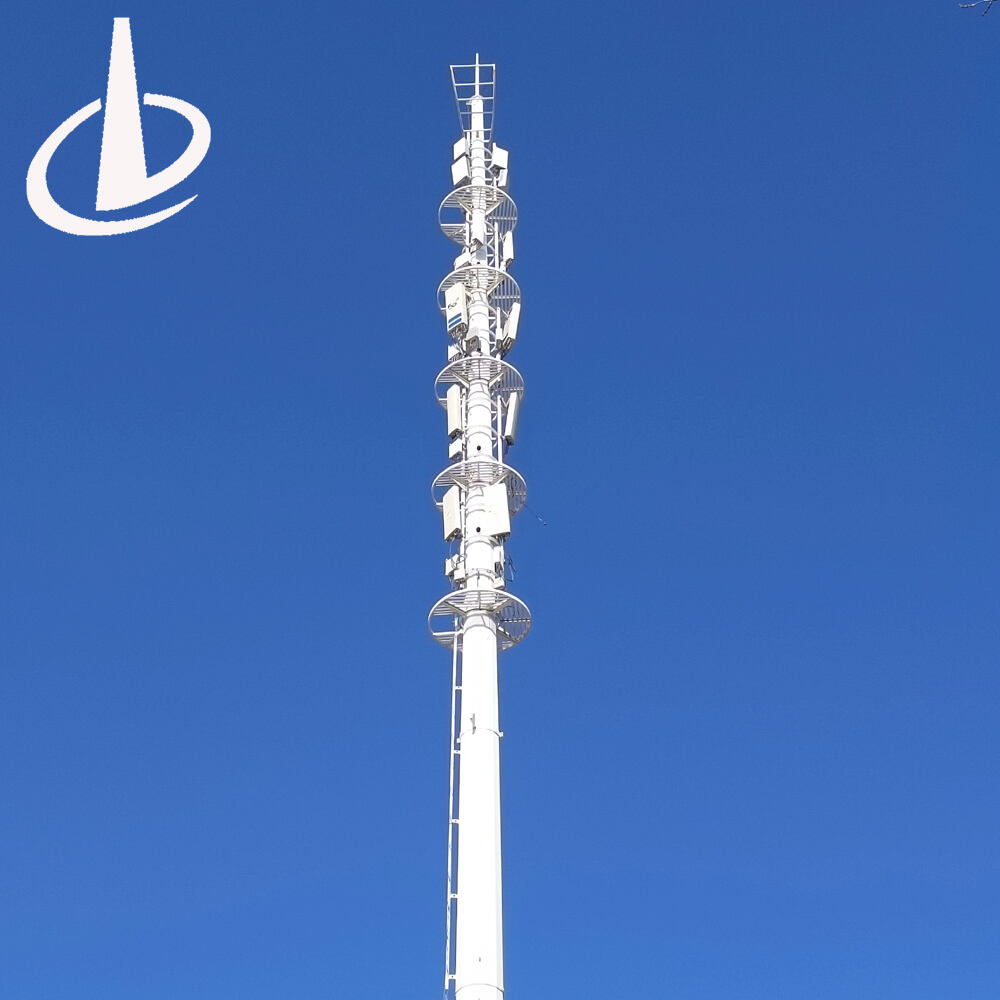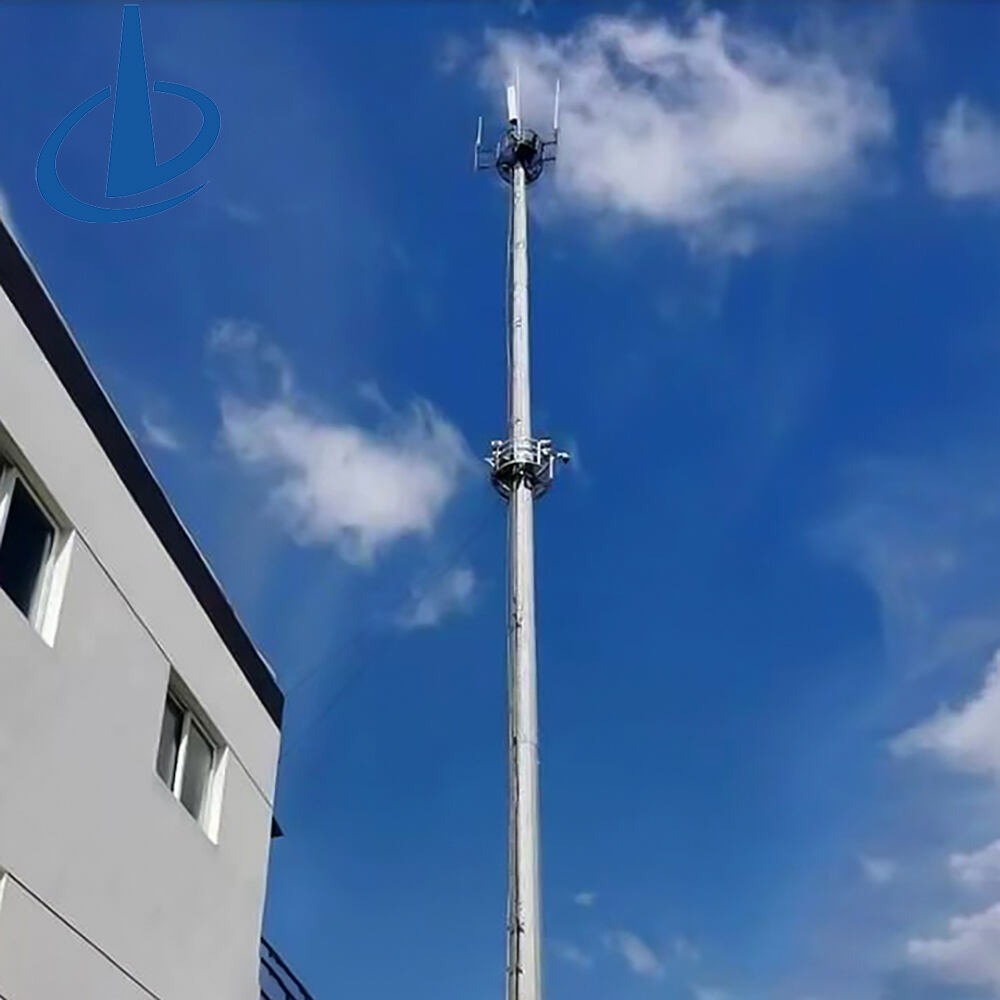supporting tower
A supporting tower is a critical infrastructure component designed to provide structural stability and elevation for various industrial and commercial applications. These towers are engineered with high-grade materials, typically featuring reinforced steel construction and modular designs that allow for customizable heights and load-bearing capacities. The primary function of a supporting tower is to elevate and sustain equipment, antennas, power lines, or other essential components while ensuring optimal performance and safety. Modern supporting towers incorporate advanced engineering principles, including wind load calculations, seismic considerations, and precise weight distribution mechanisms. They are equipped with multiple anchor points, safety features, and access systems for maintenance personnel. The towers can be configured with various mounting options, cable management systems, and specialized platforms to accommodate different equipment requirements. Their versatile design allows for installation in diverse environments, from urban settings to remote locations, while maintaining structural integrity and reliability throughout their operational lifespan.


